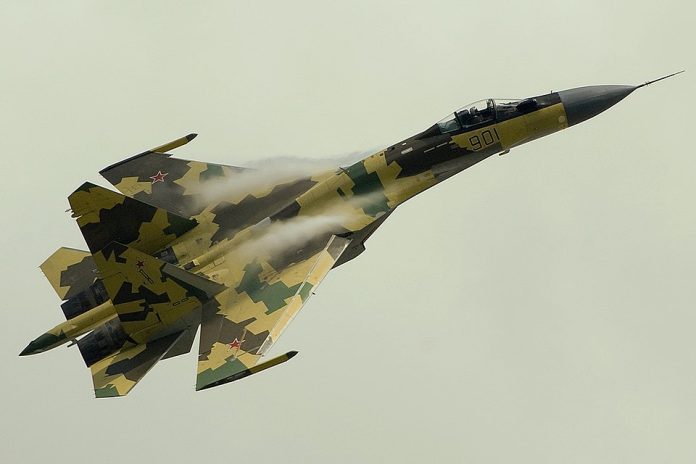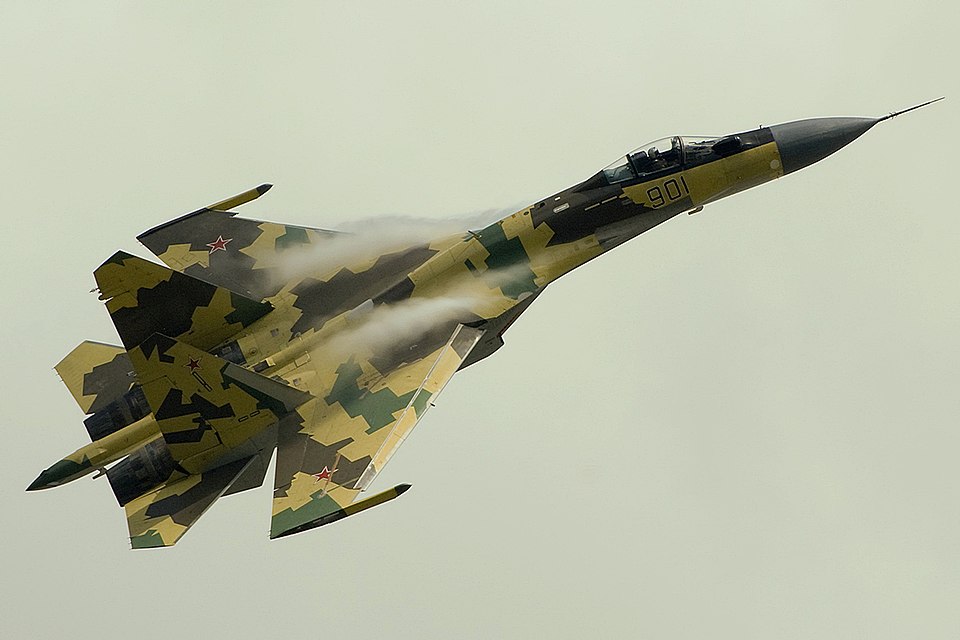
“Once these systems are fully in place, our enemies will understand the language of power,” Iranian lawmaker Abolfazl Zohrevand said this year. The comment was aimed squarely at the expected delivery of Russian Su-35 fighter jets, but it neatly sums up the tension that is rippling across Middle Eastern air power calculations. Much more than a procurement story, the prospect of Tehran fielding dozens of advanced Flanker-E fighters is potentially one of those pivot points in the region’s aerial balance.
Qualitative overmatch, rapid suppression of enemy air defenses, and combat-proven integration of stealth platforms like the F-35I Adir have been the hallmarks of Israel’s doctrine of air superiority for decades. That margin is threatened by Iran’s acquisition of Su-35s, together with long-range R-37M missiles. Analysts in turn warn that even partial deliveries have the potential to modernize a significant portion of Iran’s aging fleet and force Israel to reconsider operational planning.
The following nine factors illustrate how this deal, and the larger modernization drive in Tehran, might reshape the strategic environment, challenge established doctrines, and test the limits of Israeli aerial dominance.
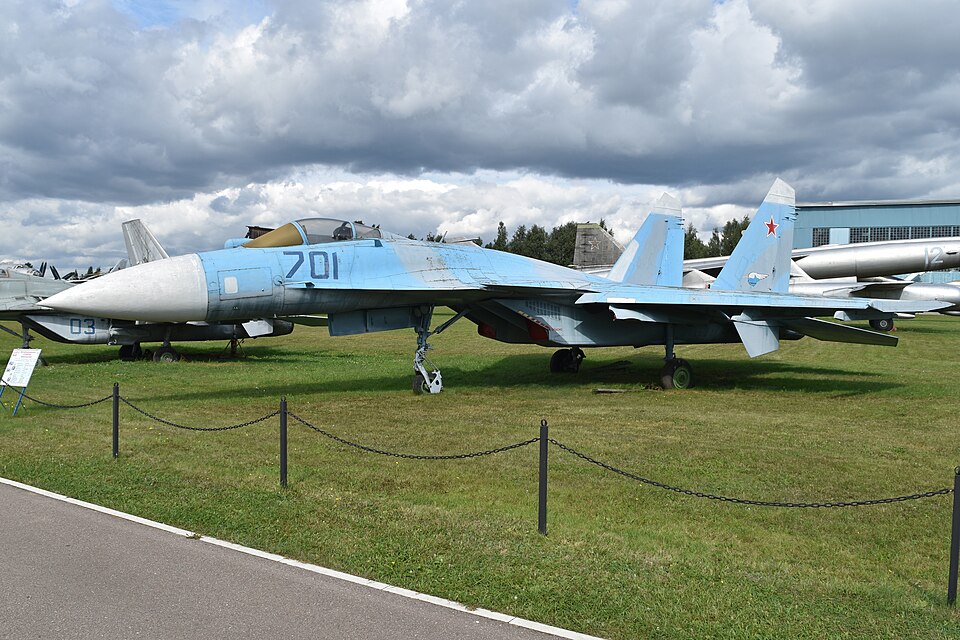
1. Scale of Fleet Modernization
The proposed delivery of 48 Su-35s would modernize roughly 15% of Iran’s tactical aviation fleet, replacing aircraft in many cases dating from pre-1979 purchases from the United States. That would be the most significant upgrade for Iran’s combat aviation in decades. According to Military Watch Magazine, Iranian pilots already started training in Russia, suggesting that integration could happen within as little as six months from delivery.
The acquisition would not only significantly enhance Iran’s air-to-air capabilities but also extend its strike mission reach. With its twin AL-41F1S engines, thrust-vectoring capability, and high payload capacity, the Su-35 offers an operational profile remarkably different from those in Iran’s current inventory of F-4s, F-5s, and MiG-29As. For Israel, this means confronting a much more agile, heavily armed opponent rather than one content to passively defend airspace.
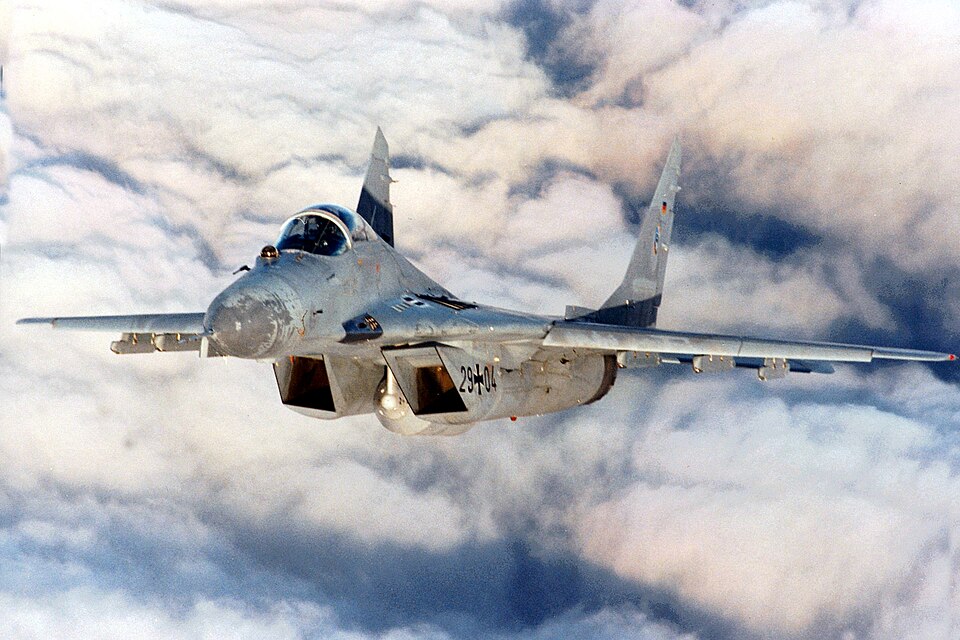
2. Stopgap Boost with MiG-29s
While waiting for the Su-35s, Tehran reportedly has also taken more deliveries of MiG-29 Fulcrums. Zohrevand called those “a short-term solution” until the Flanker-Es reach them. Based in Shiraz, the jets are an immediate boost to Iran’s battered air force after the recent 12-day clash with Israel.
Although the MiG-29 may be far from a state-of-the-art stealth platform, its deployment does demonstrate the urgency with which Tehran seeks to close this capability gap. The agility and short-range interception role of the Fulcrum can complicate Israeli operations, especially if combined with upgraded munitions. Several researchers of defense matters, like Farzin Nadimi, remain very skeptical because Iranian officials have exaggerated or lied about many such claims in the past.
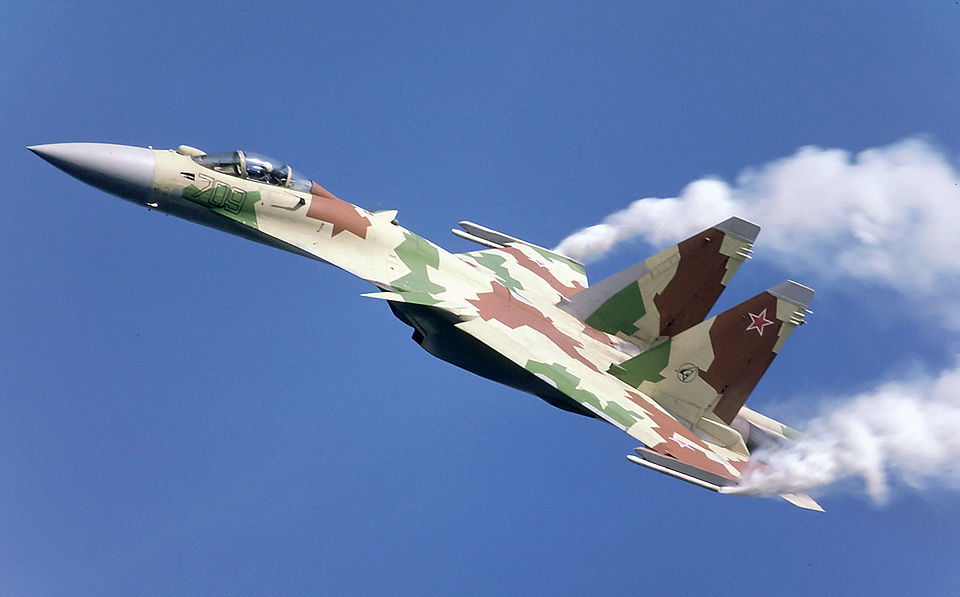
3. Integration of Long-range Missiles
This may change with the rumored compatibility of the Su-35 with the R-37M air-to-air missile, which reportedly has a range of up to 400 km. Intended to kill high-value assets like AWACS, tankers, and bombers, the R-37M extends the Iranian engagement envelope far beyond its current capabilities.
For a state like Israel, reliant on airborne early warning and tanker support to sustain operations, this immediately implies a direct threat to enabling assets. Combining Su-35 radar reach with R-37M standoff capability may force Israeli planners to alter flight profiles or rely more on stealth hence investing in further counter-missile measures.

4. Israel’s Air Superiority Doctrine Under Pressure
Israeli doctrine necessitates the swift attainment of air superiority via suppression and destruction of adversary air defenses. All this has been practiced since the Yom Kippur War, where it was made possible by technological overmatch, integrated strike packages composed of the F-35I, F-15I, and F-16I aircraft. Su-35s entering into Iranian service may change this assumption of adversary fighters being sidelined in the early phases of conflict.
For a country like Iran that could deploy aircraft in opposition to beyond-visual-range engagements, the sequencing of Israeli operations might well have to change the traditional first-wave focus on ground-based air defenses could be complicated by the requirement to neutralize airborne threats capable of countering Israeli strikes in real time.

5. Capabilities of Platforms in Comparison
The stealth of the F-35I Adir, advanced electronic warfare systems, and networked sensor fusion provide a first-look, first-shot advantage in contested environments. Although not a full fifth-generation fighter, the Su-35 has immense maneuverability, very powerful radar, and also heavy payload capacity. Where stealth is preserved, the balance would remain sharply in favor of the Adir. But in those environments where stealth is degraded-whether via advanced sensors, electronic warfare, or visual acquisition-the Su-35’s agility and missile load might prove decisive. This balance creates for Israeli pilots a far more complex calculus of engagement, as they weigh up risks of detection against benefits from aggressive penetration.
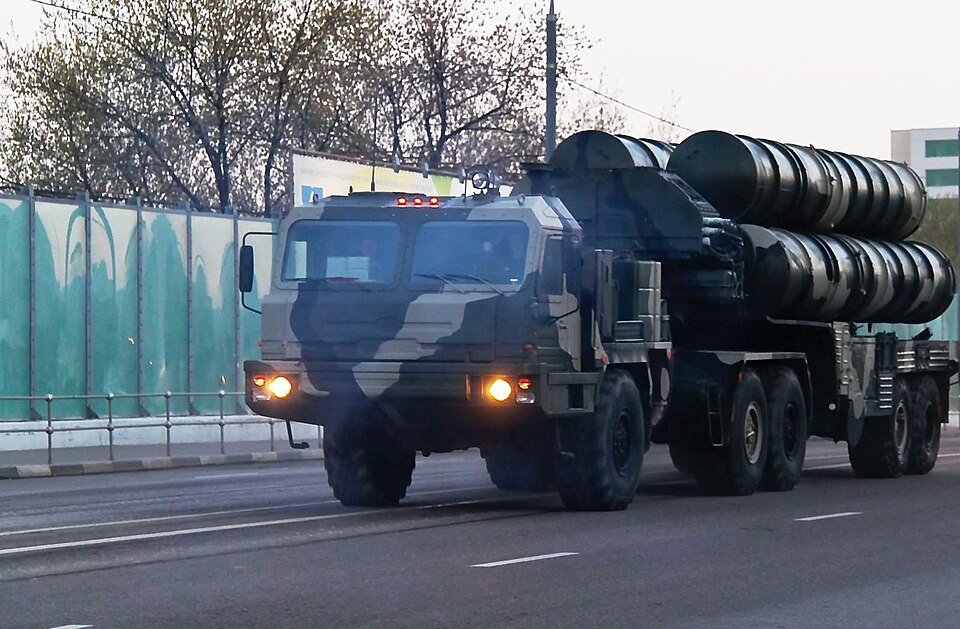
6. Possible Changes in Regional Deterrence
The Iranian modernization drive speaks to the broader intent of enhancing both offensive and defensive capabilities, including reported interest in both the Russian S-400 and Chinese HQ-9 systems. Whether realized or not, the narrative of warming relations with Moscow and Beijing thus constitutes a deterrent function. Deterrence in the Israeli context has traditionally rested on the perception of uncontested aerial dominance. Even limited numbers of advanced Iranian fighters and long-range missiles serve to change the optics of Tehran’s regional posture, complicating Israeli signaling and the calculations of third parties, including Hezbollah or Syrian forces.

7. The Lessons from Ukraine and Syria:
A mixed record for Russia in Ukraine only underscores the imperative to bring suppression and destruction together for air campaigns. The Su-35 has fought in both Syria and Ukraine, recording some successes in air-to-air combat but at the same time suffering notable losses, including at the hands of advanced surface-to-air missile systems. These operational histories suggest that, while formidable, the effectiveness of the Su-35 is heavily dependent on doctrine, pilot training, and integration with broader defense networks. To the extent this might be replicated in Iranian service, of course, it will depend on the pace of absorption of new tactics and maintenance of the aircraft under sanctions and logistical constraints.
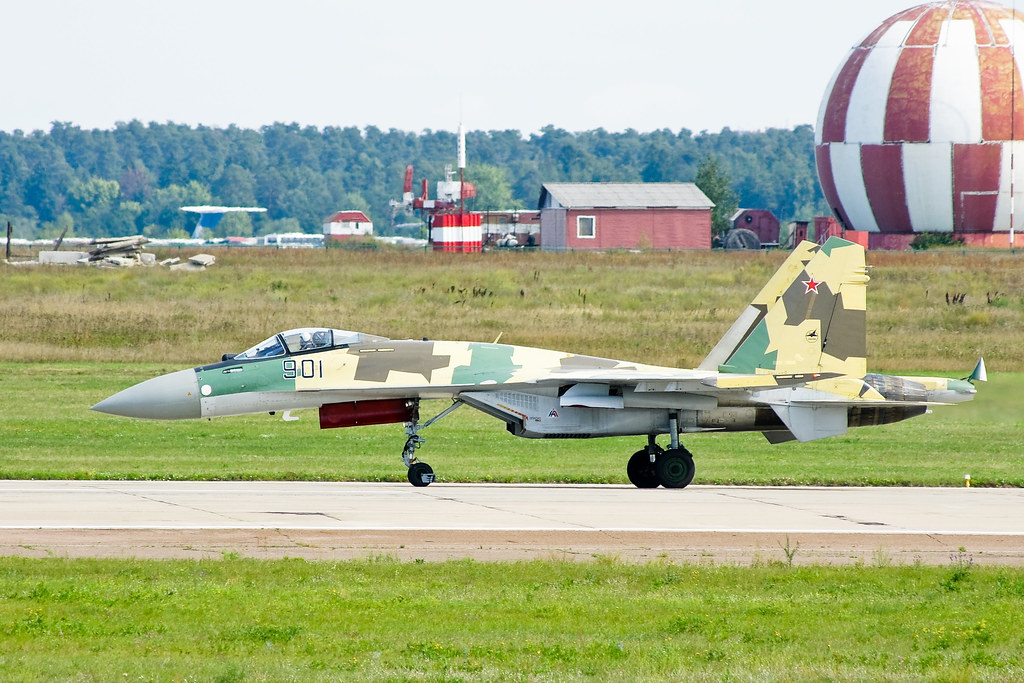
8. Intelligence and Special Operations Factors:
Israel’s recent success in gaining air superiority over Iran was built upon deep intelligence preparation and special operations-including covert strikes on Iranian air defenses from within Iranian territory. Such tactics exploited gaps in Iranian defenses and achieved surprise. If Iran deploys Su-35s, the intelligence challenge escalates. Knowing where, when, and how many mobile, high-performance fighters are operating requires persistent surveillance and rapid decision-making. Special operations might still have a place, but airborne threats add a layer of complexity not present in previous campaigns focused on static, ground-based systems.
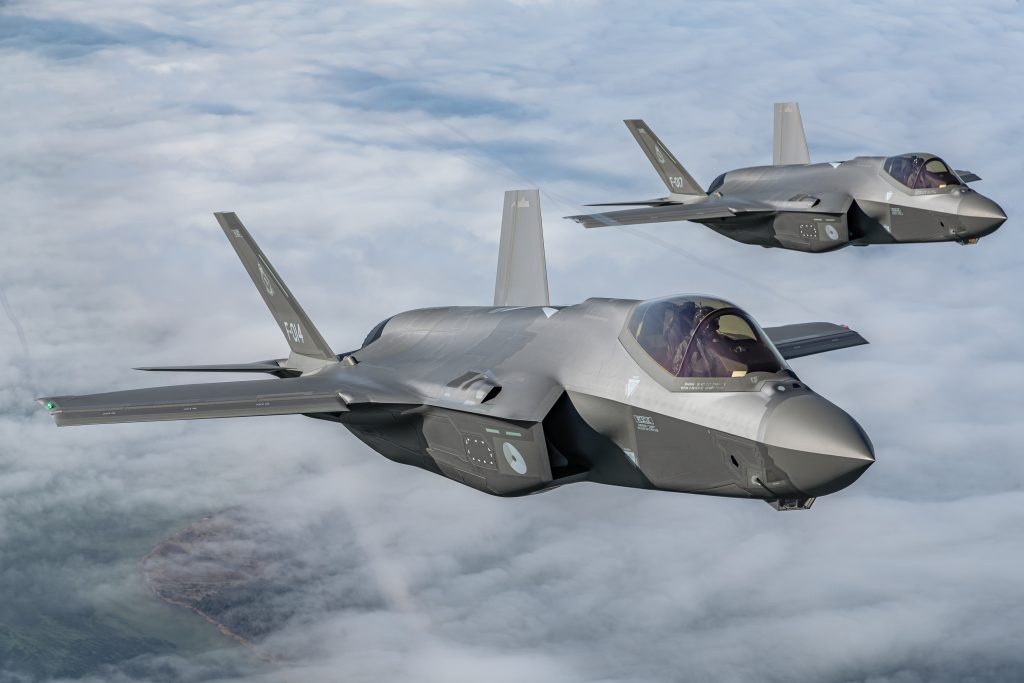
9. Export and Alliance Implications:
While the F-35 has been widely adopted by 17 nations, the Su-35 is characterized by a sparse export record China is the only confirmed foreign operator. Any deal would represent a rare expansion in the Flanker-E’s global footprint and likely encourage others outside of the Western security architecture to consider similar purchases. This raises questions for Israel and its allies about interoperability and counter-Su-35 training. Exercises and procurement may need to be tailored in light of a possibility of facing advanced Russian fighters in coalition or bilateral operations by regional air forces aligned with the West.
If Su-35s do enter into service with Iran, this could amount to far more than an upgrade but rather a point of strategic inflection-one in which Tehran can partially close the qualitative gap that has long favored Israel by combining modern airframes with long-range missile capability. Whether such a shift does materialize will depend on actual deliveries, pilot proficiency, and integration into Iran’s broader defense network. At the same time, the challenge to be faced by Israel is going to be preserving its doctrine of air superiority in a more contested sky. The margin of error is thinner, and the stakes are higher.
